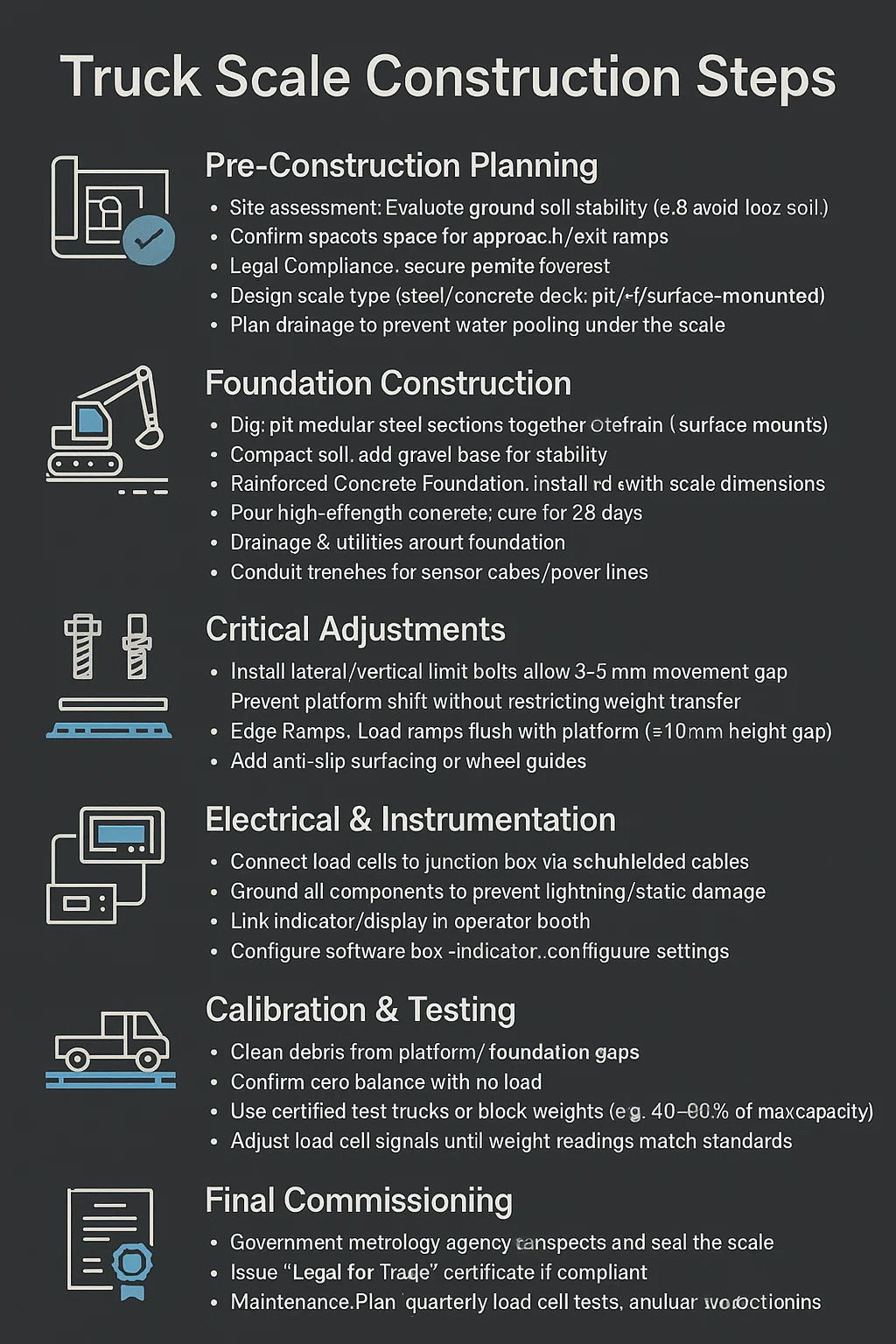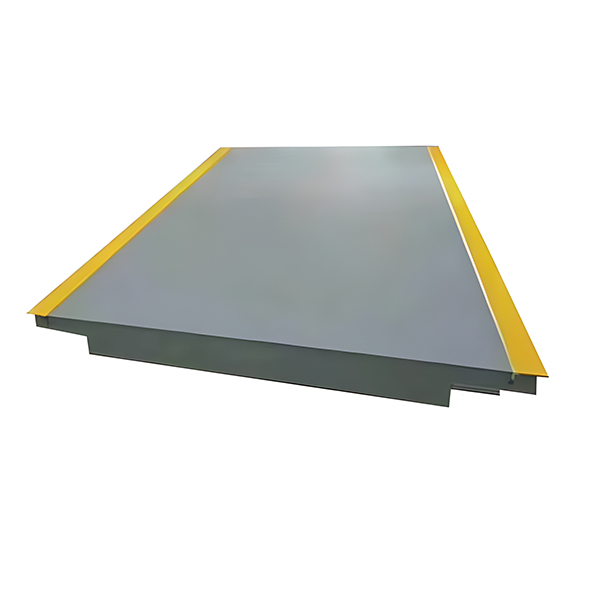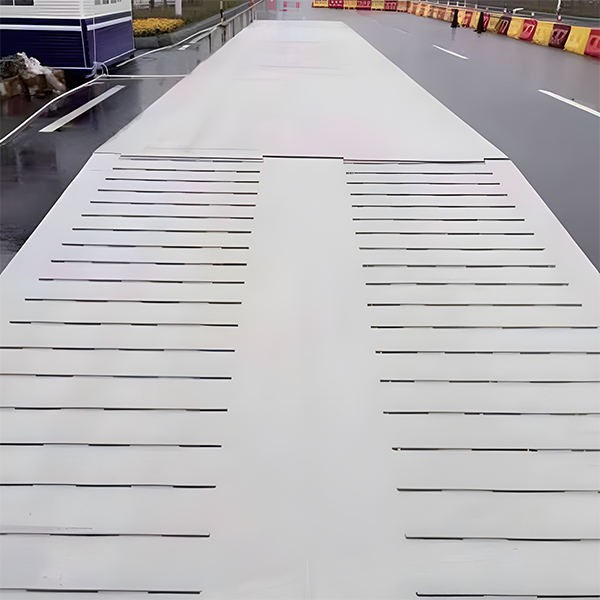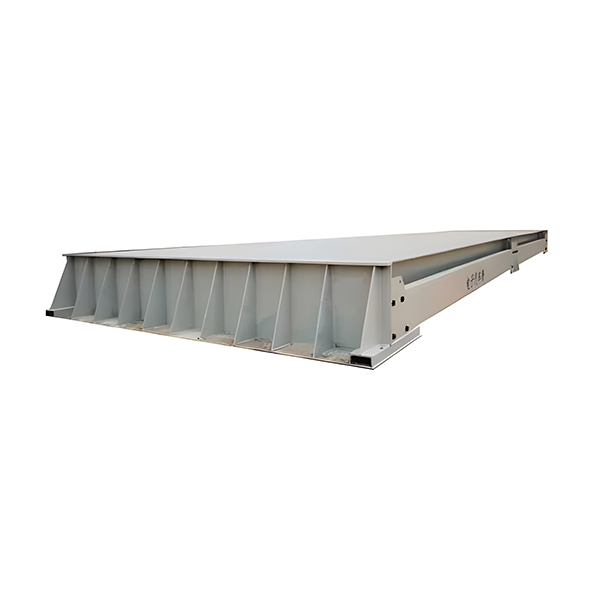Web Menu
Product Search
Exit Menu
How to build a truck scale?
Building a truck scale requires meticulous planning, specialized expertise, and strict adherence to engineering and safety standards. Below is a step-by-step breakdown of the process:
1. Pre-Construction Planning
Site Assessment:
Evaluate ground soil stability (e.g., avoid flood zones or loose soil).
Confirm adequate space for approach/exit ramps (≥ 30-meter straight lanes).
Legal Compliance:
Secure permits (zoning, environmental, construction).
Verify local metrology regulations for trade-approved scales.
Design Specifications:
Choose scale type (steel/concrete deck; pit/surface-mounted).
Determine capacity (e.g., 60t, 100t) based on truck traffic.
Plan drainage to prevent water pooling under the scale.
2. Foundation Construction
Excavation & Groundwork:
Dig pit (for pit-mounted scales) or level terrain (surface mounts).
Compact soil; add gravel base for stability.
Reinforced Concrete Foundation:
Install rebar grids and anchor bolts aligned with scale dimensions.
Pour high-strength concrete; cure for 28 days (critical for load-bearing).
Drainage & Utilities:
Embed drain pipes around foundation.
Conduit trenches for sensor cables/power lines.
3. Scale Platform Installation
Structural Assembly:
Bolt modular steel sections together on-site (requires crane).
For concrete decks: Cast segments off-site, transport, and join.
Load Cell Placement:
Position load cells on foundation pedestals (ensure level alignment).
Shim cells to compensate for minor unevenness.
Platform Mounting:
Lower platform onto load cells; verify no obstructions touch foundations.
Secure with anchor bolts.
4. Critical Adjustments
Limiters & Restraints:
Install lateral/vertical limit bolts (allow 3–5mm movement gap).
Prevents platform shift without restricting weight transfer.
Edge Ramps & Safety:
Weld approach/exit ramps flush with platform (≤10mm height gap).
Add anti-slip surfacing or wheel guides.
5. Electrical & Instrumentation
Wiring:
Connect load cells to junction box via shielded cables.
Ground all components to prevent lightning/static damage.
Instrument Setup:
Mount indicator/display in operator booth.
Link junction box to indicator; configure software settings.
6. Calibration & Testing
Pre-Test Checks:
Clean debris from platform/foundation gaps.
Confirm zero balance with no load.
Legal Calibration:
Use certified test trucks or block weights (e.g., 40–80% of max capacity).
Adjust load cell signals until weight readings match standards.
Dynamic Validation:
Test trucks drive on/off at varying speeds to check stability.
7. Final Commissioning
Authority Approval:
Government metrology agency inspects and seals the scale.
Issue "Legal-for-Trade" certificate if compliant.
Operator Training:
Train staff on weighing protocols, basic diagnostics, and daily cleaning.
Maintenance Plan:
Schedule quarterly load cell tests, annual foundation inspections.

-
Add: Building 3, No. 355, Xiangshan East Road, Binhai Economic Development Zone, Cixi City, Ningbo, Zhejiang, China.
-
Tel: +86-18969402526
-
Phone: +86-0574-86817102
-
E-mail: [email protected]

 English
English 中文简体
中文简体





